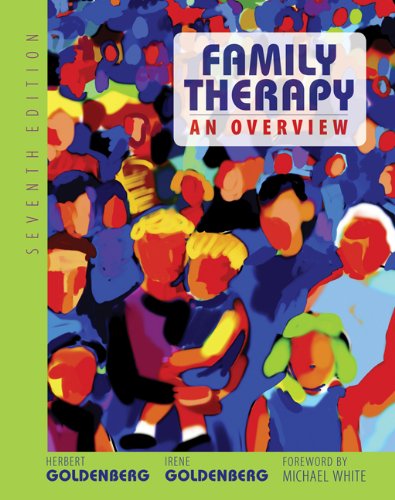دانلود کتاب Family Therapy: An Overview - Original PDF
Author:
Herbert Goldenberg, Irene Goldenberg
0 (0)
توضیحات کتاب :
A family is far more than a collection of individuals sharing a specific physical and psychological space. While families occur in a diversity of forms and complexities in today’s rapidly changing society, and represent a multiplicity of cultural heritages, each may be considered a natural, sustained social system1 with properties all its own—one that has evolved a set of rules, is replete with assigned and ascribed roles for its members, has an organized power structure, has developed intricate overt and covert forms of communication, and has elaborated ways of negotiating and problem solving that permit various tasks to be performed effectively. The relation- ship between members of this microculture is deep and multilayered, and is based largely on a shared history, shared internalized perceptions and assumptions about the world, and a shared sense of purpose. Within such a system, individuals are tied to one another by powerful, durable, reciprocal, multigenerational emotional attachments and loyalties that may fluctuate in intensity and psychological dis- tances between members over time, but nevertheless persist over the lifetime of the family. Each family system is itself embedded in a community and society at large, is molded by its existence at a particular place and time in history, and is shaped further by a multitude of interlocking phenomena such as
سرچ در وردکت | سرچ در گودریدز | سرچ در اب بوکز | سرچ در آمازون | سرچ در گوگل بوک
235 بازدید 0 خرید










